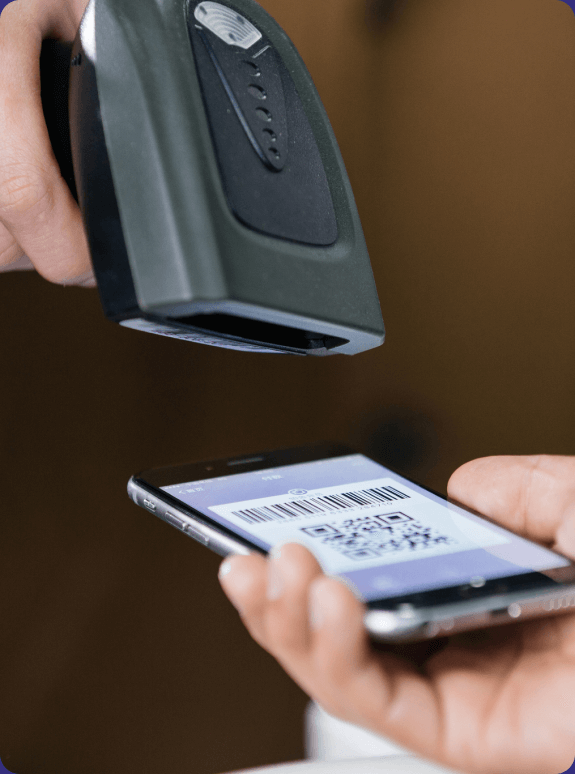Litecoin Price (LTC)
LTC to USD
$75.13
Resources
About Litecoin
Litecoin was created as a fork of Bitcoin in October 2011 by Charlie Lee, a former Google software engineer. Like Bitcoin, Litecoin operates on a decentralized blockchain to facilitate transactions across the globe.
When Litecoin was first launched there were few competitors to Bitcoin. Bitcoin, at the time, was just starting to gain market traction, and other big blockchains today, like Ethereum, had not even been conceived yet. Litecoin took to the world as one of the first true “altcoins”.
Lee’s vision for Litecoin was to build on the security of the Bitcoin blockchain, but at the same time make it possible to conduct faster and cheaper digital transactions. The goal was to be a lightweight version of Bitcoin which would make blockchain technology more accessible for things like digital payments.
The Litecoin Network
Litecoin is a peer-to-peer, open-source, decentralized cryptocurrency. Litecoin miners verify the transactions on its blockchain, secure the network, and avoid duplicate transactions. To verify transactions, miners use a proof-of-work (PoW) algorithm to record all the blockchain’s data, known as “blocks.” As they add new blocks to the chain, miners receive a block reward of Litecoin.
Litecoin differs from Bitcoin in three primary ways. It has a supply cap of 84 million coins, four times the amount of Bitcoin, and it has a block time of just 2.5 minutes, compared to Bitcoin’s 10 minute block time. It also uses an alternate hash function, known as Script.
Litecoin Community and Culture
The Litecoin Foundation is steadily working globally to incorporate litecoin into digital payments infrastructure. The foundation uses partnerships and education to help increase the visibility and adoption of litecoin around the world.
It is often said that if Bitcoin is digital gold, then Litecoin is digital silver. Why’s that? Well, being the second crypto currency to Bitcoin, it made sense to deem Litecoin the ‘younger sibling’. But it also has an increased supply and quicker block time, two characteristics that fit the relationship which gold and silver share. Silver is often seen as more portable to use for smaller transactions, and it’s generally cheaper and more accessible than gold.
Litecoin continues to benefit from the fact that it was able to develop a user base of early adopters before cryptocurrencies started to gain wide attention - and from its proven network security. Now among the oldest blockchains with a growing crowd of young upstarts, Litecoin benefits from its track record and longevity.
The Litecoin community has a clear vision about its use and utility, which is fostering faster, cheaper, and more secure decentralized digital payments.





 today and save big! Get up to 35% more crypto for your cash at 10,000 retailers nationwide.
today and save big! Get up to 35% more crypto for your cash at 10,000 retailers nationwide. 
